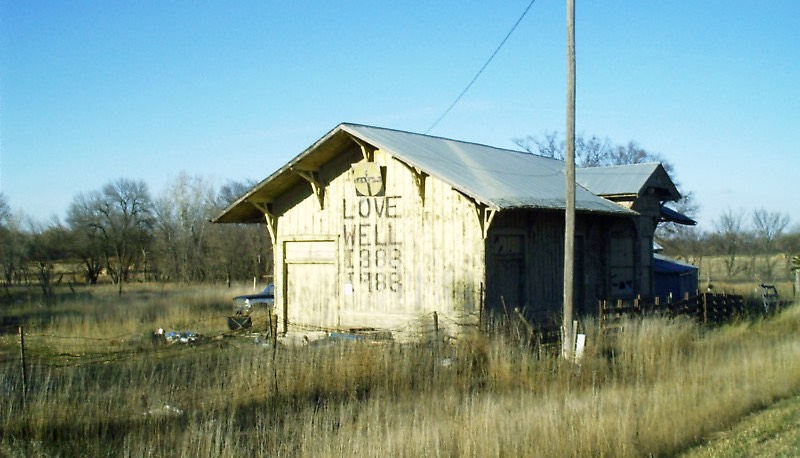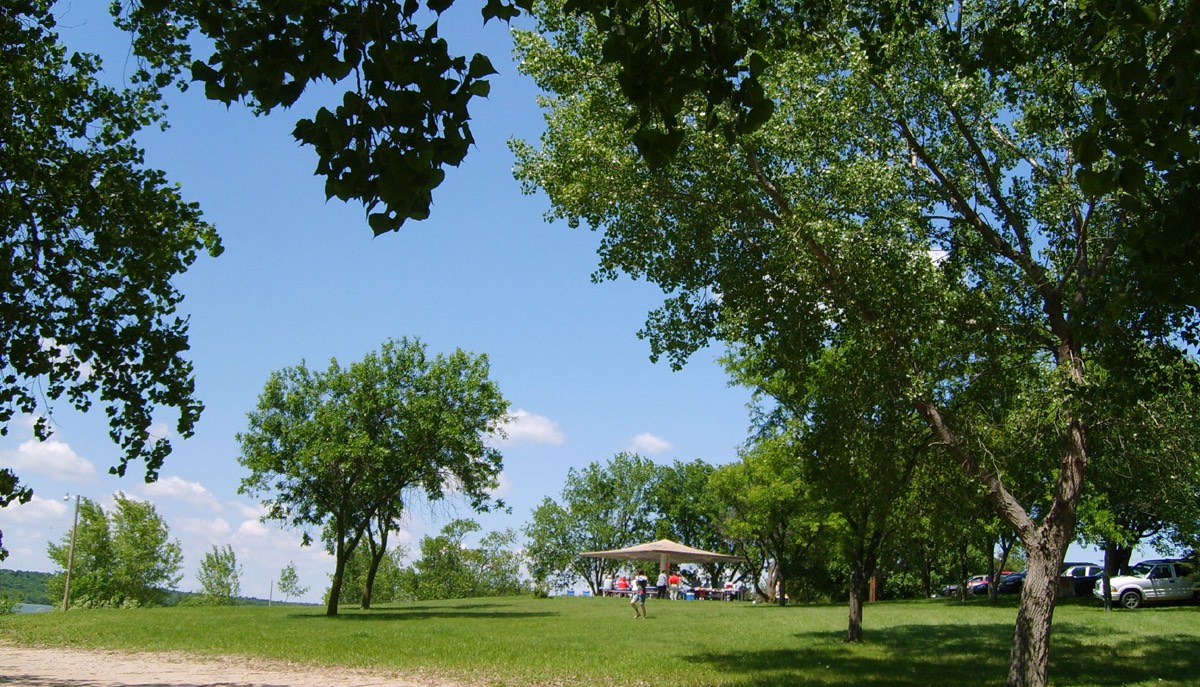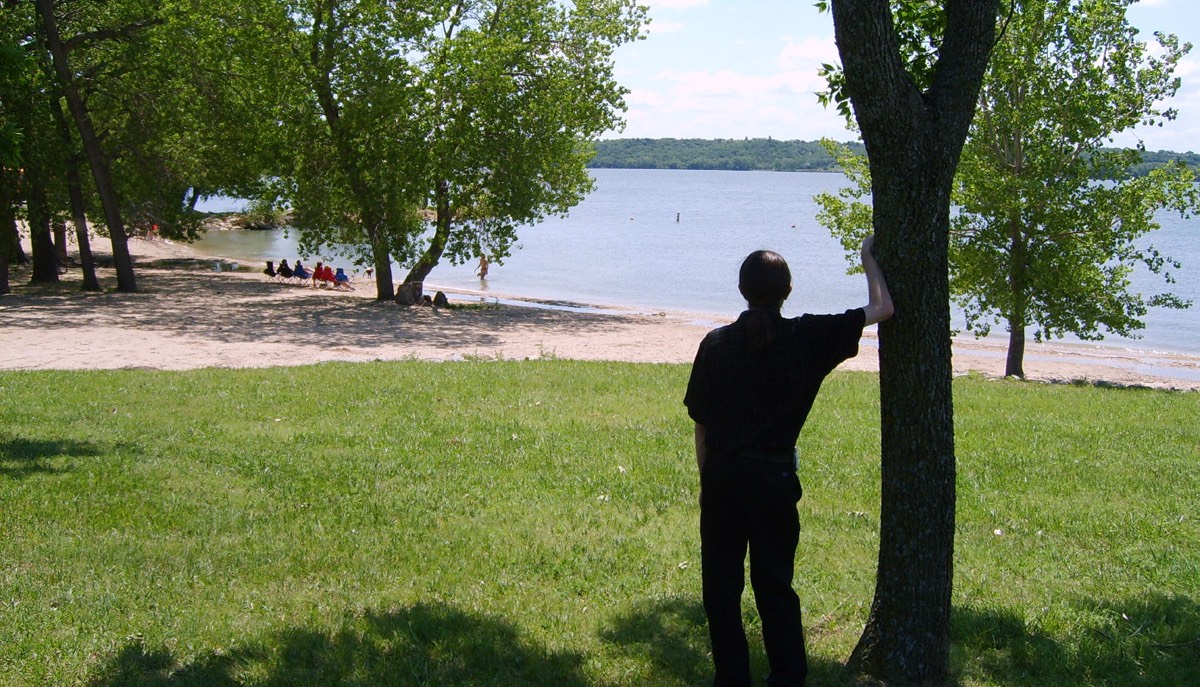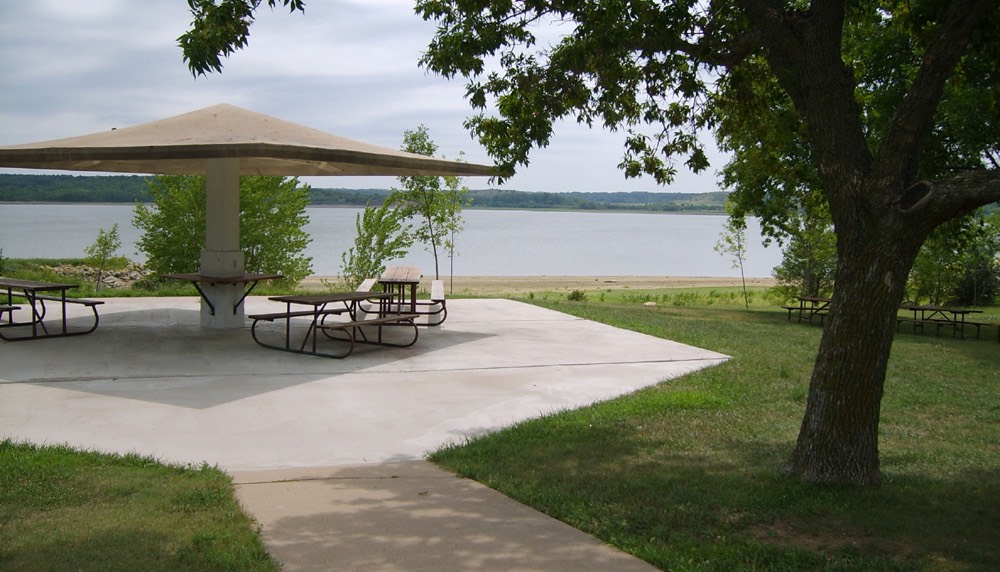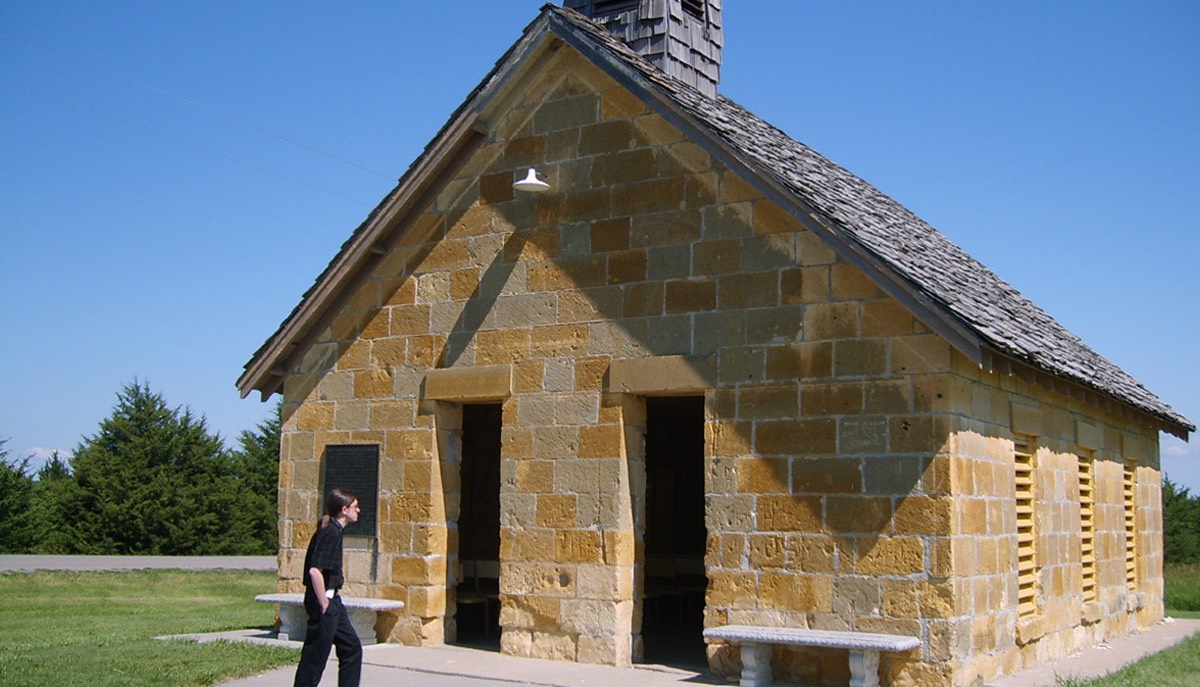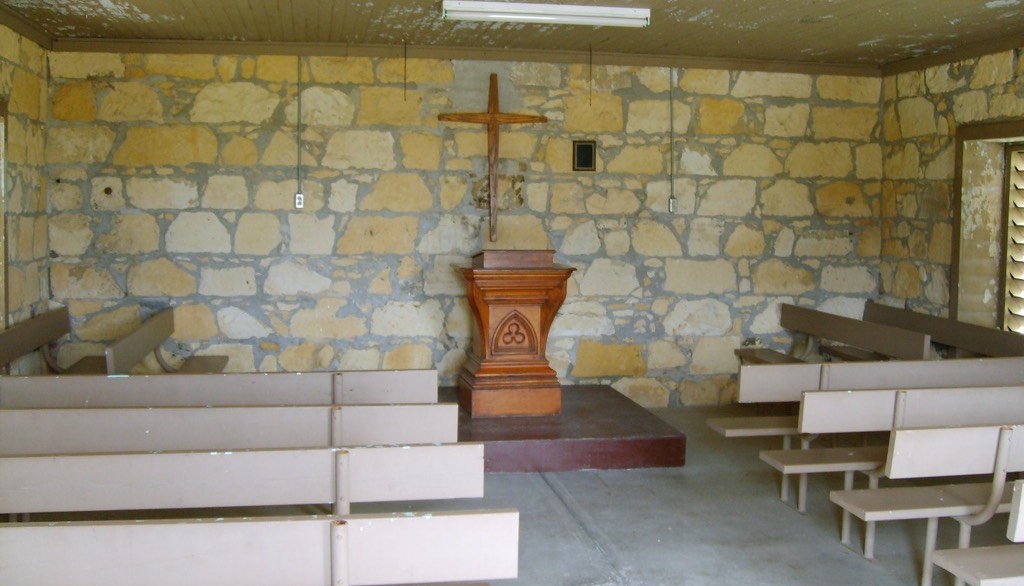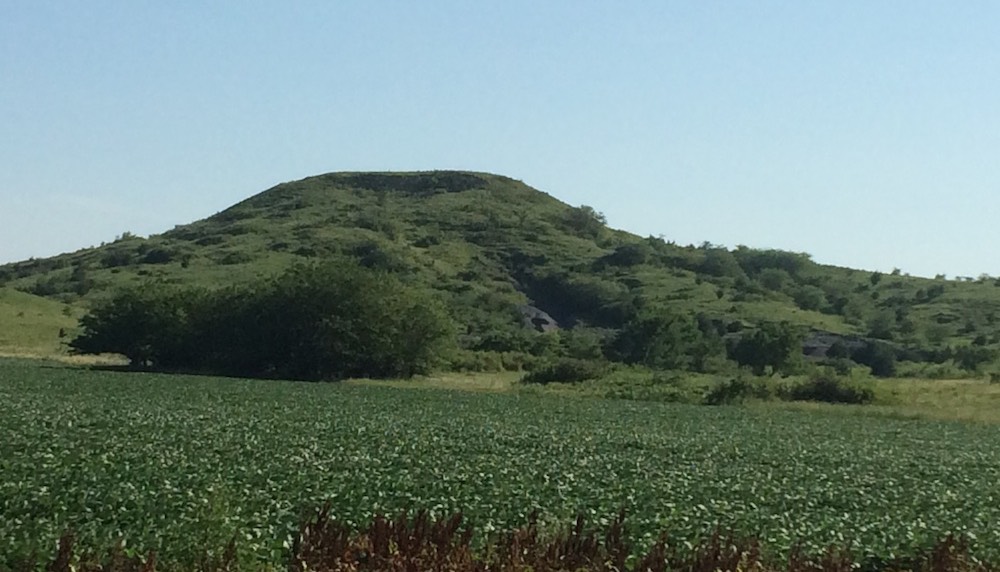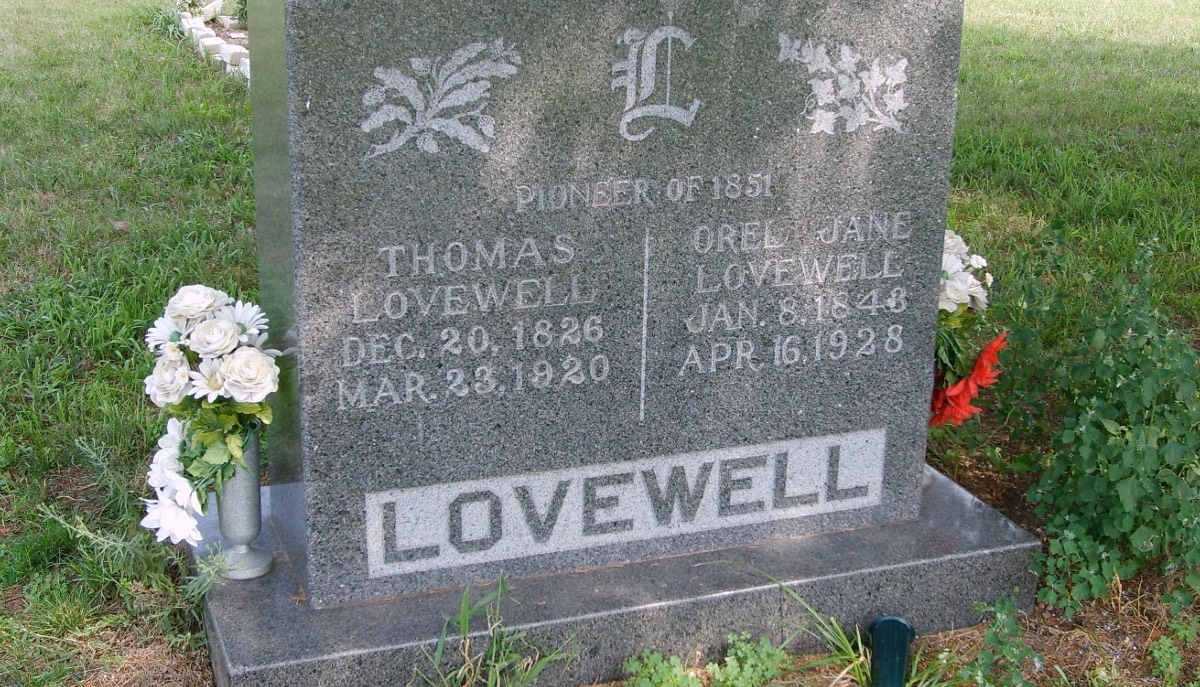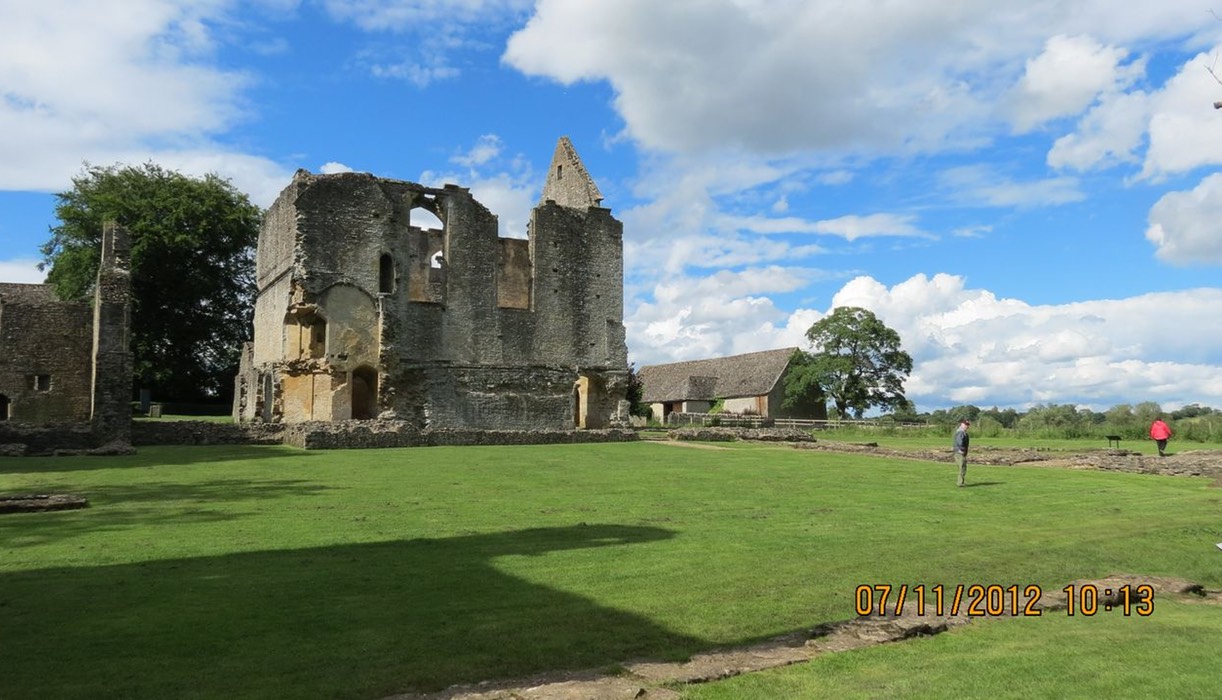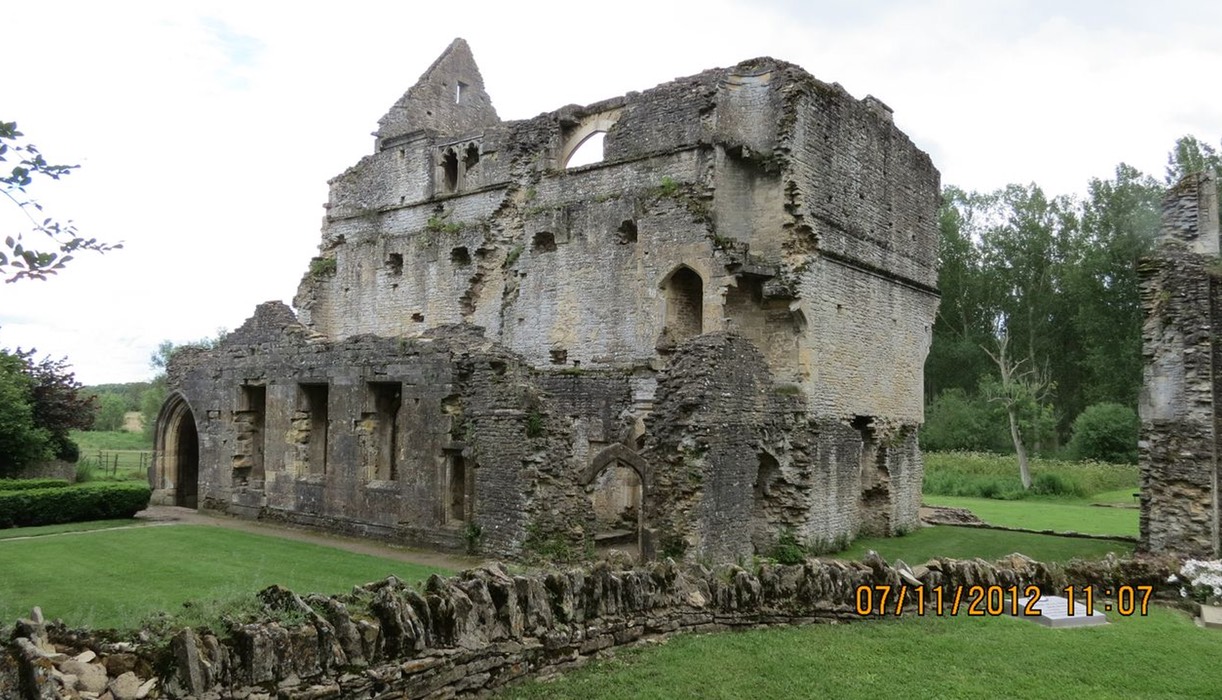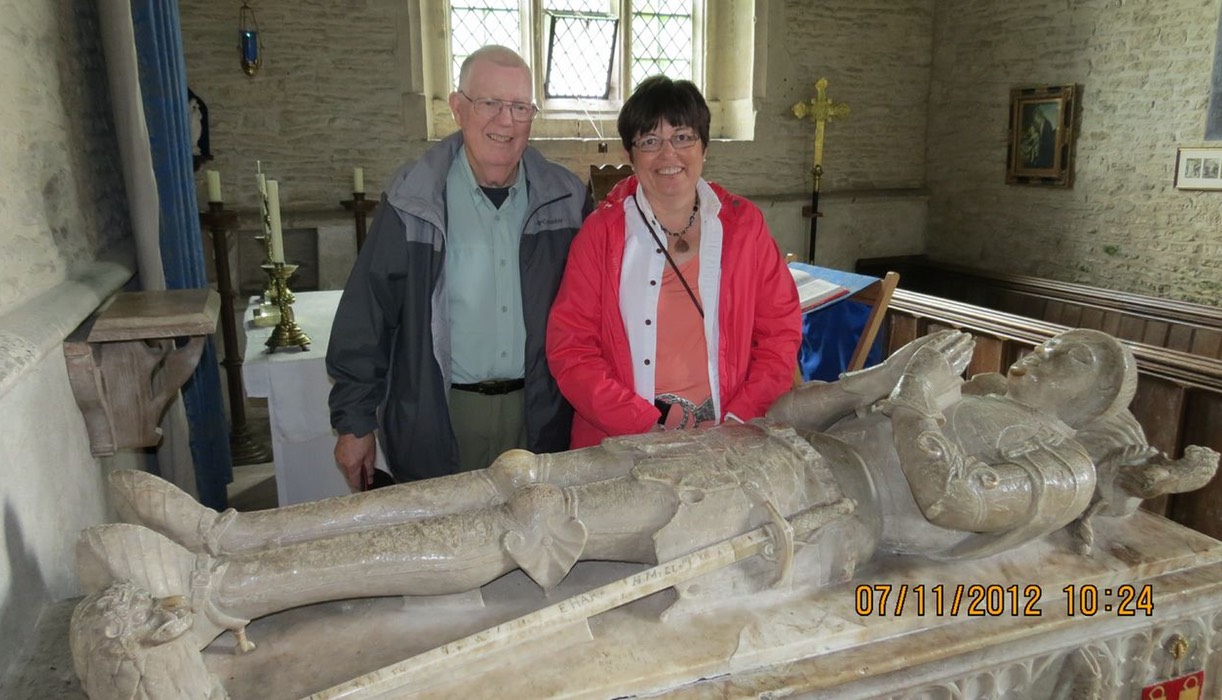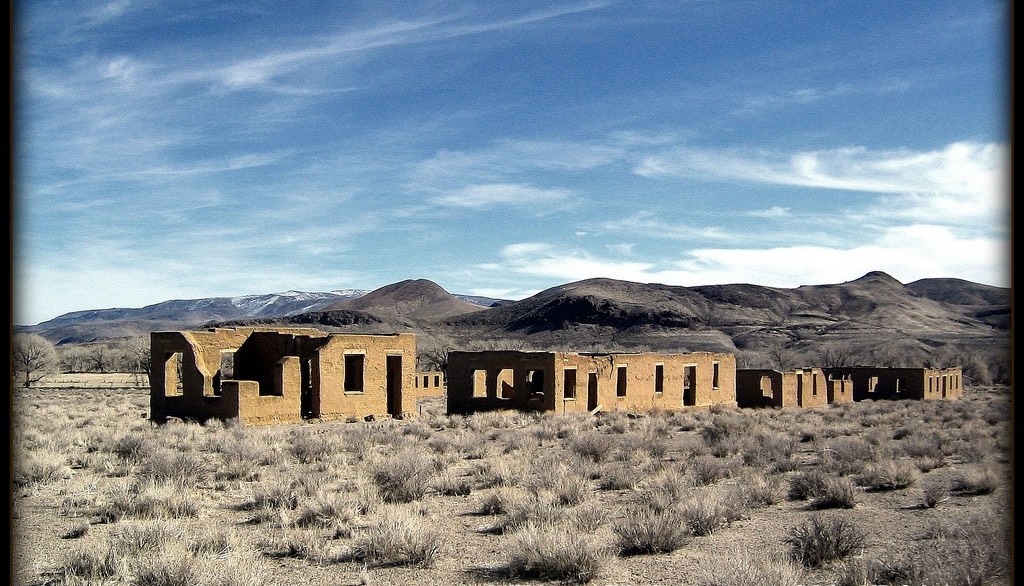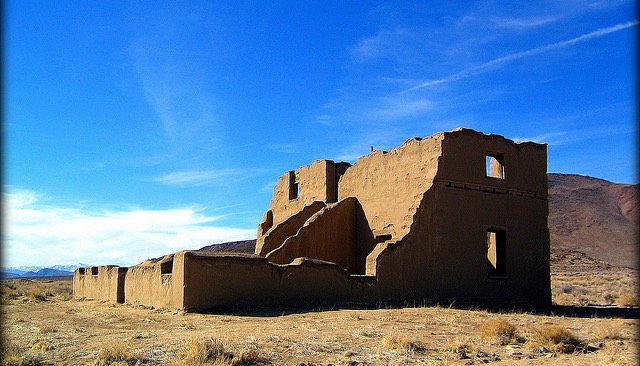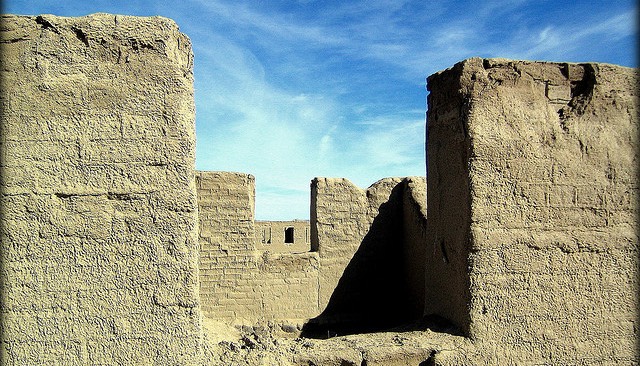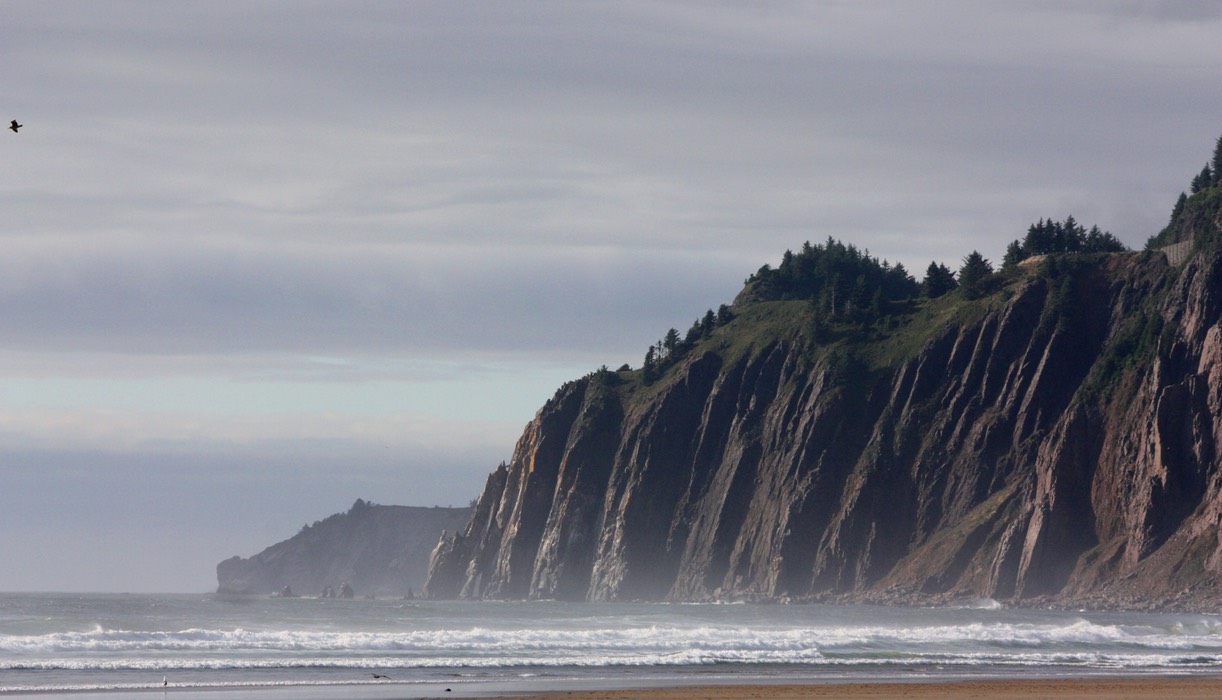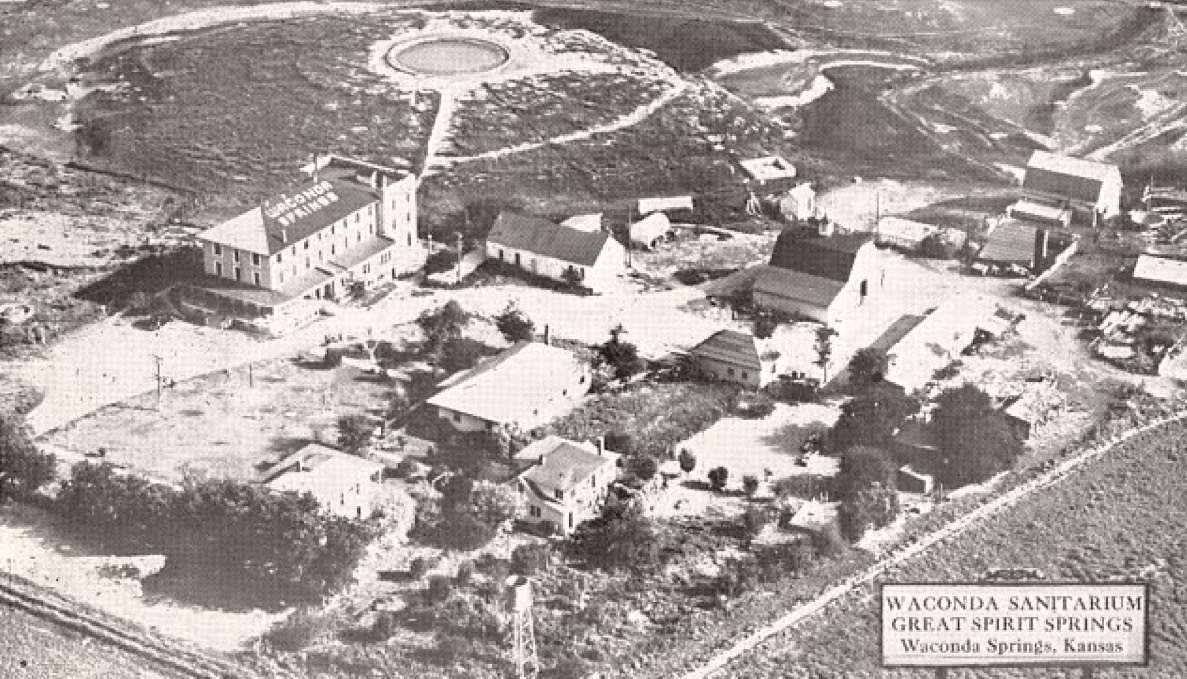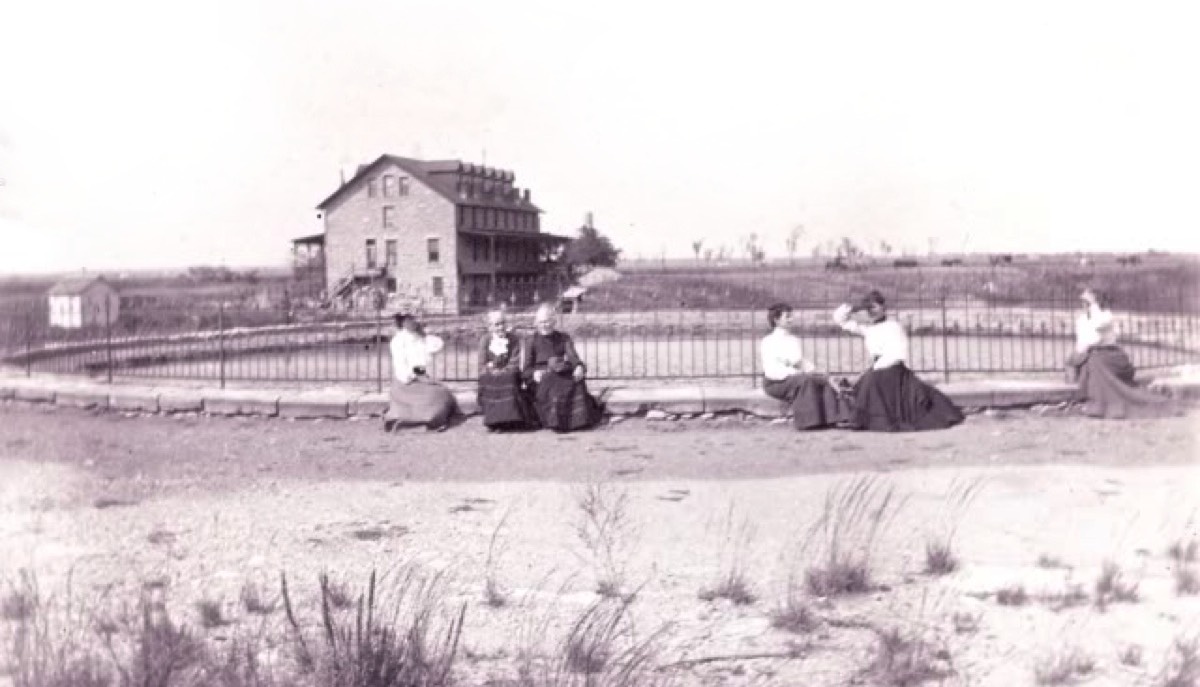There are some picturesque landscapes associated with Lovewell history as well as several noble ruins. Lovewell State Park and Rose Hill School lie just a few miles northwest of the weatherbeaten remnants of the village of Lovewell in Jewell County, Kansas. Four miles east of the village is White Rock Cemetery, a stark reminder of White Rock City, a ghost town that was once the busiest trade center in Republic County.
Across the Atlantic at Oxford, Oxfordshire, closer to the roots of the family tree, is the village of Minster Lovell, and the abandoned manor house of Lord Lovell, one of the richest men in England in the time of Richard III. Although the Lovewells and Lovels are no longer believed to be related, Jim Lovewell and his daughter Deborah paid their respects to a potential ancestor, William VII, Baron Lovell, in 2012.
The crumbling adobe of Fort Churchill, Nevada, must be one of the most-photographed Civil-War-era ruins in the West. Thomas Lovewell and his younger brother Alfred served out their final months of service there, after battling Indians in the Pacific Northwest. Alfred died in the hospital at Fort Churchill in May of 1863, his death attributed to "effects of eating poisonous greens."
Thomas Lovewell's brother Solomon enjoyed a spectacular view at his homestead in Oregon, near the beach at Manzanita, where he dug for deposits of beeswax when he needed some cash.
We can no longer visit Waconda Springs, which now lies far beneath the surface of Waconda Lake in Mitchell County, Kansas, but the Indian holy site was once an important stop on Thomas Lovewell’s scouting route. An historic picture postcard shows a diver “exploring" the rim of the crater during the 4th of July celebration in 1908. It was probably a publicity stunt to deepen the sense of mystery surrounding the pool, which was measured to reach a uniform depth of fourteen feet.
